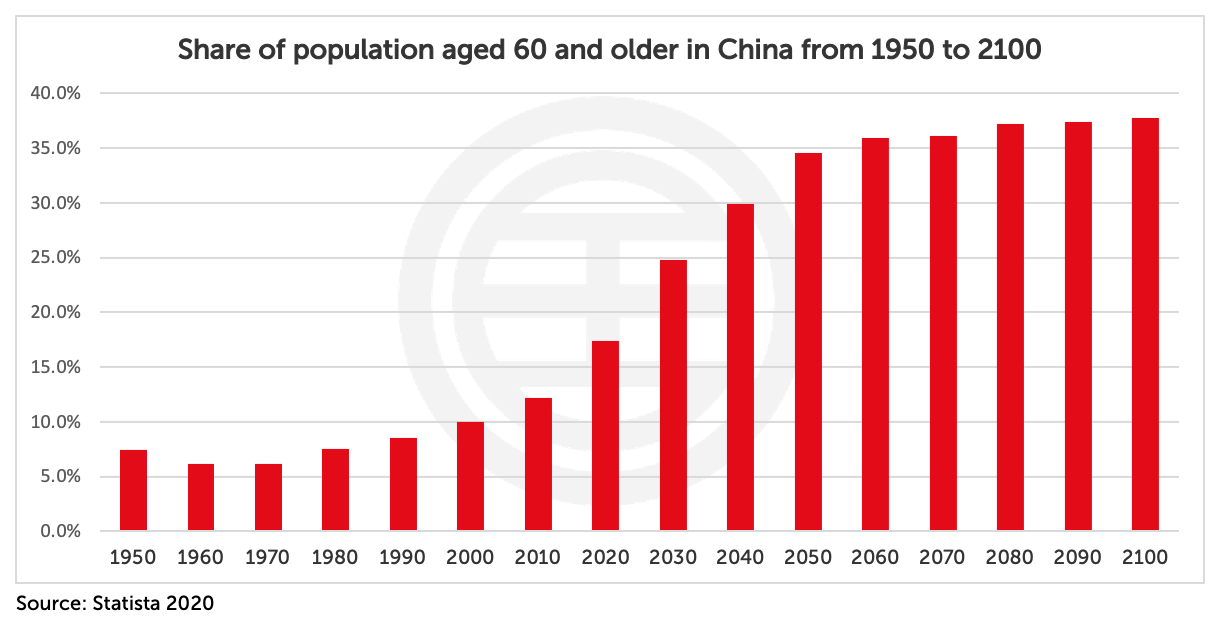


These shortcomings were acknowledged in the revised list of tōyō kanji, published on 28 June 1972. For instance, the character for fish 魚 had its readings limited to gyo and uo when the most common reading, sakana, was not officially recognized by the list. For new character forms, changes were only made to several characters with minimal modifications.Īnother separate attempt was made to limit the number of kanji readings, but the first list proved much too restrictive. Prior to this reform, an attempt had already been made to standardise several kanji, known as kyūjitai, with other forms, known as shinjitai, but was not conducted systematically. The list reduced the number of kanji deemed appropriate for daily use, and categorized certain kanji for specific use in official publications and documents. The tōyō kanji list, containing 1850 characters, was published by the cabinet on 16 November 1946 with the intention of completely abolishing the use of kanji in the future. As a result, the gradual abolition of kanji became official policy for the SCAP, and the tōyō kanji list and modern kana usage proposals were drawn up in accordance with this policy. The report pointed out the difficulties concerning kanji use, and advocated the use of rōmaji, which they considered more convenient. On 12 November 1945, the Yomiuri Shimbun newspaper published an editorial concerning the abolition of kanji, and on 31 March 1946, the first American Education Delegation arrived in Japan at the invitation of the Supreme Commander for the Allied Powers ( SCAP) and issued its first report. The reforms made after the Second World War have had a particularly significant impact on accepted kanji usage in the modern Japanese language. In December 1923, the committee approved a set of reforms for kana usage the prototype for the modern kana system. This group of characters formed the basis for the tōyō kanji list, which eventually developed into the modern jōyō kanji list.


In November 1922, the rinji kokugo chōsakai ( 臨時國語調査會, Temporary National Language Investigation Committee), the precursor to the Japanese Language Council, now the Japanese Language subdivision of the Agency for Cultural Affairs, selected and approved a list of 1,962 kanji characters for daily use. A proposal to eliminate certain kanji from use was implemented in a number of regions and overseas territories in the 1920s, near the end of the Taishō period. A separate character for n ん was also prescribed previously it had been written as む (the same as mu) and ん was a hentaigana for both these sounds. In the 1900 kana usage reforms, hentaigana (old variant forms of kana) were eliminated, though historical kana orthography (dating to the Heian period, a millennium before) was retained. Reform efforts date back to at least 1900, and proposals to reform kanji usage had been developed in the 1920s. History Pre-World War II reforms Ī misconception is held that Japanese script reform originated from the Supreme Commander of the Allied Powers during the Occupation of Japan, but in fact, a plan had already been put into place prior to the occupation.
The future trend of chinese conji windows#


 0 kommentar(er)
0 kommentar(er)
